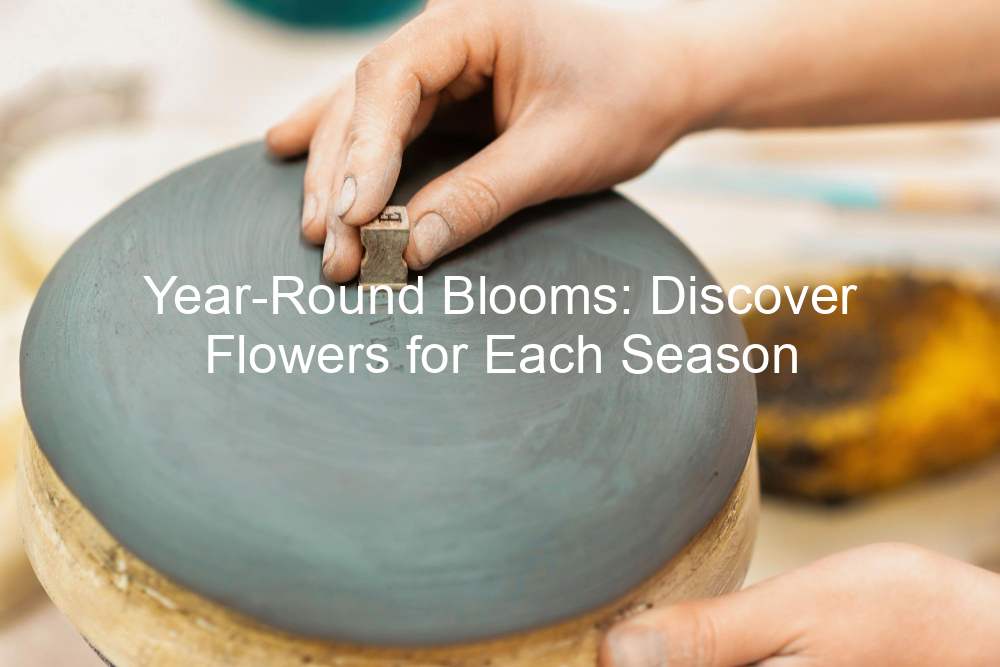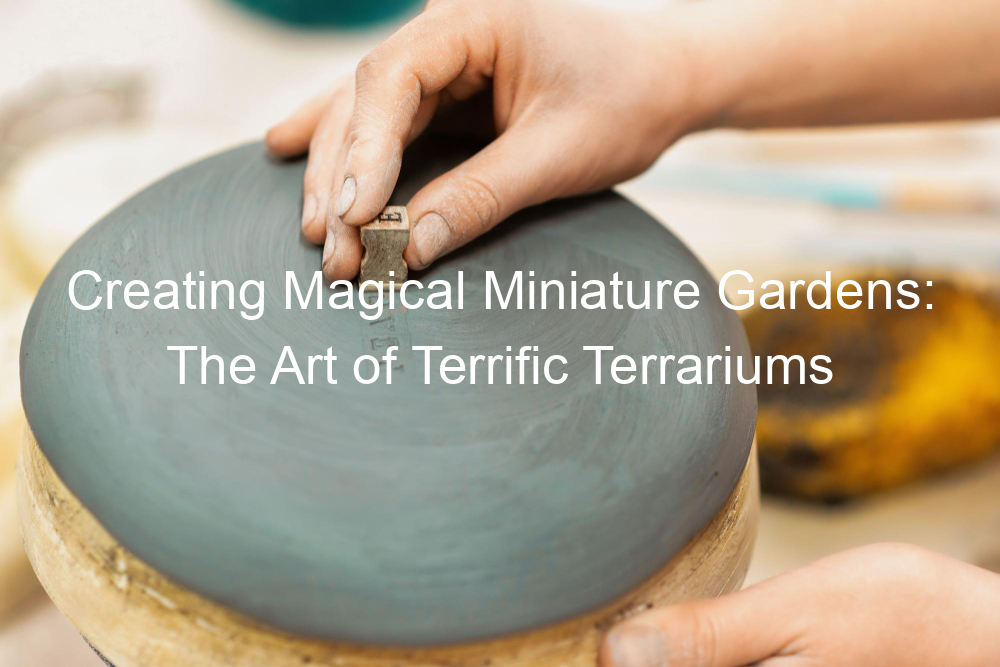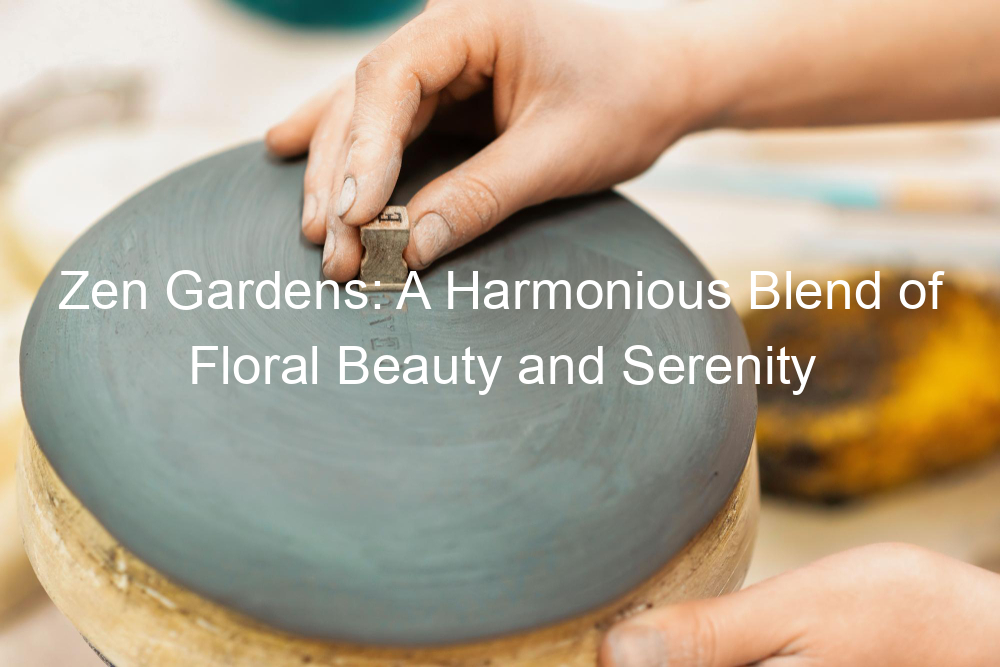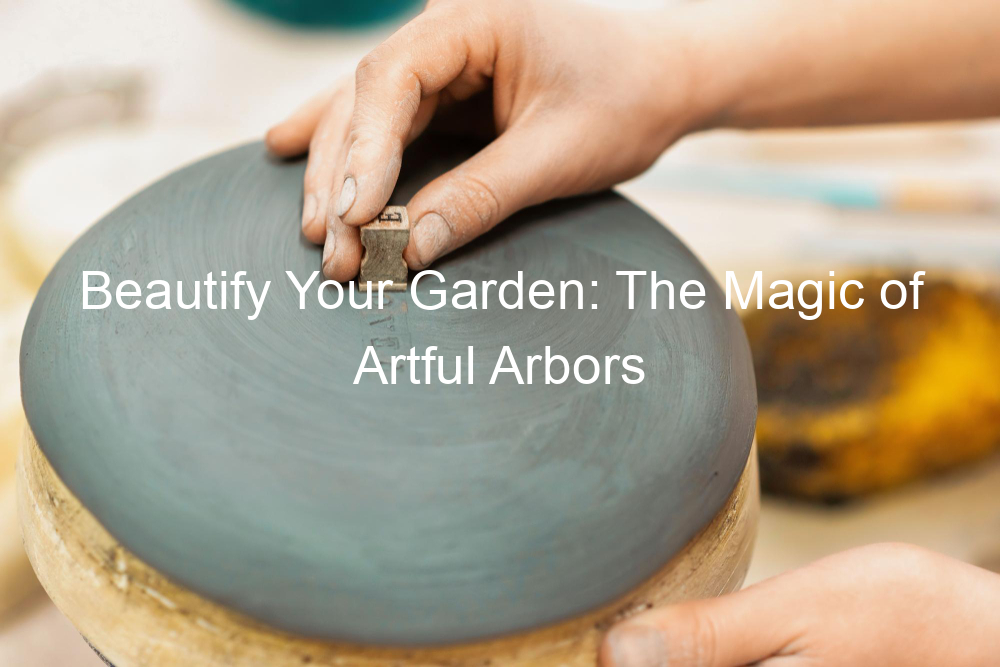Introduction to Seasonal Flowers
Flowers are a beautiful addition to any home garden, and their beauty can be enjoyed all year round. However, not all flowers bloom at the same time. Some flowers bloom in spring, others in summer, autumn, or winter. This is why it’s important to understand the different types of flowers by season. By doing so, you can plan your garden in a way that ensures you have beautiful blooms throughout the year.
-
- Importance of understanding types of flowers by season
Understanding the types of flowers by season is crucial for any flower enthusiast. Each flower has its own unique blooming period. For instance, some flowers, like the tulip, bloom in the spring, while others, like the sunflower, bloom in the summer. By knowing which flowers bloom in which season, you can ensure that your garden is always full of life and color. It also helps you to plan your planting schedule, ensuring that you plant your flowers at the right time for them to bloom.
-
- Benefits of a flower bloom calendar
A flower bloom calendar is a useful tool for any flower enthusiast. It provides a guide to the blooming periods of different flowers, helping you to plan your garden effectively. With a flower bloom calendar, you can ensure that you have a variety of flowers blooming in your garden at all times. This not only makes your garden more visually appealing, but it also provides a habitat for various insects and birds, contributing to biodiversity. Furthermore, a flower bloom calendar can also help you to plan your flower-related activities, such as flower photography or flower picking, at the right time.
In the following sections, we will explore the different types of flowers that bloom in each season, providing you with a comprehensive guide to seasonal flowers. So, whether you are a seasoned gardener or a beginner, this guide will help you to plan your flower garden effectively, ensuring that you have beautiful blooms all year round.
Spring Blooming Flowers
As the snow melts and the days start to get longer, spring flowers begin to make their appearance. These blooms bring a splash of color to our gardens, signifying the start of a new gardening season.
Overview of Spring Blooms
Spring blooming flowers are a diverse group, each with their own unique characteristics and beauty. They are known for their vibrant colors and delightful fragrances, making them a favorite among flower enthusiasts.
-
- Characteristics of Spring Blooming Flowers
Spring flowers are known for their resilience. They can often be seen pushing through the last remnants of snow, eager to greet the warming sun. These flowers come in a variety of shapes, sizes, and colors, ranging from the delicate pastels of cherry blossoms to the bold hues of tulips. Many spring flowers, such as lilacs and hyacinths, are also known for their enchanting fragrances.
-
- Examples of Popular Spring Flowers
There are countless varieties of spring flowers, each with their own charm. Some of the most popular include:
-
- Tulips: Known for their bold colors and elegant shape, tulips are a springtime favorite. They come in nearly every color imaginable, making them a versatile choice for any garden.
- Daffodils: These cheerful yellow flowers are often one of the first signs of spring. They are hardy, easy to grow, and their bright color makes them a standout in any garden.
- Cherry Blossoms: Cherry blossoms are known for their delicate beauty and are a symbol of spring in many cultures. Their soft pink flowers create a stunning display when they bloom en masse.
Spring Flower Care Guide
Welcome to our comprehensive guide on caring for your spring flowers. This guide will provide you with essential tips on planting and maintaining your spring blooms to ensure they thrive and add beauty to your home flower garden.
-
- Planting tips for spring flowers
Spring is the perfect time to plant a variety of flowers. Here are some tips to help you get started:
-
-
- Choose the Right Flowers: Not all flowers are suitable for planting in spring. Some popular spring flowers include tulips, daffodils, and hyacinths. You can learn more about these and other spring flowers on Wikipedia.
- Prepare the Soil: Before planting, ensure the soil is well-drained and rich in organic matter. You can improve the soil’s quality by adding compost or well-rotted manure.
- Plant at the Right Depth: The depth at which you plant your flowers can significantly affect their growth. As a general rule, bulbs should be planted three times as deep as the bulb is tall.
- Water Regularly: After planting, water your flowers regularly, but avoid overwatering as this can lead to root rot.
- Maintenance and care for spring blooms
-
Once your flowers are planted, they’ll need regular care to ensure they bloom beautifully. Here’s how you can maintain your spring blooms:
-
- Watering: Spring flowers generally need an inch of water per week. However, if the weather is particularly dry, you may need to water them more frequently.
- Weeding: Regularly remove any weeds that grow around your flowers. Weeds can compete with your flowers for nutrients and water, affecting their growth.
- Pruning: Prune your flowers regularly to promote growth. Remove any dead or dying blooms to allow the plant to focus its energy on new growth.
- Fertilizing: Use a slow-release fertilizer to provide your flowers with the nutrients they need to grow. Be sure to follow the instructions on the fertilizer package to avoid over-fertilizing.
With these tips, you can ensure that your spring flowers thrive and bring joy to your home flower garden. Just so you know, every flower is unique and may require slightly different care, so always do your research before planting.
Summer Flower Varieties
Summer is a season of vibrant colors and lush growth. It’s the perfect time to explore the beauty of summer flower varieties. These flowers not only add color to your garden but also bring life to it with their unique features and stunning blooms.
Exploring Summer Blooms
Summer flowers are known for their vibrant colors, unique shapes, and enticing fragrances. Let’s delve into the fascinating world of summer blooms.
-
- Features of summer flower varieties
Summer flowers are characterized by their resilience to heat and sunlight. They are typically brightly colored, with hues ranging from the warm yellows and reds to the cool blues and purples. Many summer flowers, such as roses, lilies, and sunflowers, have a strong and pleasant fragrance. They also come in a variety of shapes and sizes, allowing for diverse garden designs.
-
- Examples of vibrant summer blooms
There are numerous summer flowers that can make your garden look stunning. Here are a few examples:
-
- Roses: Known for their beauty and fragrance, roses are a classic summer flower. They come in a variety of colors, including red, pink, yellow, and white.
- Lilies: These elegant flowers are known for their large, trumpet-shaped blooms and strong fragrance. They are available in many colors, such as pink, white, orange, and yellow.
- Sunflowers: Sunflowers are iconic summer flowers. They are known for their large, round heads and bright yellow petals.
These are just a few examples of the stunning summer flowers you can add to your garden. Each of these flowers has its own unique features and requirements, so be sure to choose the ones that best suit your garden’s conditions and your personal preferences.
Summer Flower Care Guide
Summer is the season of vibrant blooms and lush greenery. To ensure your garden remains a colorful paradise, follow our comprehensive guide on summer flower care.
-
- Planting tips for summer flowers
Planting summer flowers requires careful planning and execution. Here are some tips to help you:
-
-
- Choose the right flowers: Opt for summer-hardy varieties like Marigolds, Zinnias, or Sunflowers. You can learn more about these varieties on Wikipedia.
- Prepare the soil: Ensure your soil is well-drained and rich in organic matter. Adding compost can improve soil fertility.
- Plant at the right time: Most summer flowers should be planted in late spring, once the risk of frost has passed.
- Water adequately: Water your flowers early in the morning or late in the evening to prevent water loss due to evaporation.
- Maintenance and care for summer blooms
-
Maintaining your summer garden can be a rewarding task. Here are some tips:
-
- Regular watering: Summer flowers need consistent watering, especially during dry spells. However, avoid overwatering as it can lead to root rot.
- Pruning: Regularly remove dead or faded flowers. This process, known as deadheading, encourages the plant to produce more blooms.
- Fertilizing: Feed your flowers with a balanced fertilizer to promote healthy growth and vibrant blooms.
- Pest control: Keep an eye out for common pests like aphids and caterpillars. Use organic pest control methods to keep them at bay.
With these tips, you can ensure your summer garden remains vibrant and healthy. Happy gardening!
Autumn Blooming Flowers
As the summer heat fades and the crisp autumn air takes over, a new set of flowers come into bloom. These autumn blooming flowers bring a unique charm to your garden, with their vibrant colors and distinctive features. Let’s delve into the world of autumn blooms and discover their unique characteristics and examples.
Discovering Autumn Blooms
Autumn blooming flowers are a sight to behold. They are known for their resilience and ability to thrive in the cooler temperatures of the season. These flowers not only add color to your garden but also attract a variety of birds and insects, contributing to the biodiversity of your garden.
-
- Characteristics of autumn blooming flowers
Autumn blooming flowers are typically hardy and can withstand cooler temperatures. They come in a variety of colors, from the fiery reds and oranges that mirror the autumn leaves, to the deep purples and blues that add a touch of mystery to your garden. These flowers usually have a longer blooming period, providing color and life to your garden as other plants start to fade.
-
- Examples of autumn flowers
There are numerous types of autumn blooming flowers to choose from. Some popular choices include:
-
- Chrysanthemums: Known for their bright and cheerful colors, chrysanthemums are a classic autumn flower. They are available in a variety of colors and sizes, making them a versatile choice for any garden.
- Asters: These star-shaped flowers come in shades of purple, blue, and white, adding a touch of elegance to your garden.
- Sedum: Sedums are known for their thick, succulent leaves and clusters of tiny flowers. They are a great choice for adding texture and interest to your garden.
Autumn Flower Care Guide
Autumn is a season of change and transformation, and your flower garden is no exception. As the leaves start to fall, it’s time to prepare your garden for the colder months ahead. Here’s a guide to help you care for your autumn blooms.
-
- Planting tips for autumn flowers
Autumn flowers, such as chrysanthemums and asters, thrive in the cooler temperatures. Here are some tips to ensure successful planting:
-
-
- Choose the right location: Most autumn flowers prefer full sun. Ensure your planting site receives at least six hours of direct sunlight each day.
- Prepare the soil: Autumn flowers prefer well-drained soil. Add compost or organic matter to improve soil fertility.
- Plant at the right time: Plant your autumn flowers in early fall to give them enough time to establish before winter.
- Maintenance and care for autumn blooms
-
Proper care and maintenance can help your autumn flowers thrive. Here are some tips:
-
- Watering: Autumn flowers need regular watering. However, avoid overwatering as it can lead to root rot.
- Pruning: Prune your autumn flowers regularly to encourage new growth and keep them looking their best.
- Fertilizing: Use a slow-release fertilizer to provide your autumn flowers with the nutrients they need to thrive.
- Protection: As the temperatures drop, protect your autumn flowers with a layer of mulch to insulate the roots.
With these tips, you can ensure your autumn flowers thrive and provide a burst of color in your garden during the fall season. Every flower is unique and may require specific care. Always do your research or consult with a gardening expert to understand the needs of your specific plants.
Winter Flower Species
Winter is often associated with a barren landscape, but it doesn’t have to be that way. There are a variety of flowers that bloom beautifully even in the coldest months. Let’s explore some of these winter flower species.
Exploring Winter Blooms
Winter flowers are unique. They have special features that allow them to thrive in the cold weather. Let’s delve into these features and also look at some examples of winter flowers.
-
- Features of winter flower species
Winter flowers are known for their resilience. They have adapted to survive in freezing temperatures. Many winter flowers have a waxy coating on their leaves and stems, which helps to prevent water loss. They also tend to be smaller in size, which helps them conserve energy. Some winter flowers even have antifreeze proteins that prevent their cells from freezing.
-
- Examples of winter flowers
There are many beautiful flowers that bloom in winter. Here are a few examples:
-
- Hellebores: These flowers are also known as Christmas roses because they often bloom around Christmas time. They come in a variety of colors, including white, pink, and purple.
- Winter Jasmine: This flower is known for its bright yellow blooms that can brighten up any winter landscape.
- Snowdrops: These flowers are one of the first to bloom in the new year. They are known for their delicate white blooms that hang down like little lanterns.
Winter flowers not only add color to your garden during the cold months, but they also provide food for pollinators that are active in the winter. So, by planting winter flowers, you are also helping the ecosystem.
Winter Flower Care Guide
When the cold winter months arrive, it doesn’t mean you have to say goodbye to your flower garden. With the right care and attention, you can enjoy beautiful blooms even in the frosty weather. Here are some tips on how to care for your winter flowers.
-
- Planting tips for winter flowers
Choosing the right flowers is the first step to a successful winter garden. Some flowers, like pansies and violas, are hardy enough to survive the cold. When planting, make sure to choose a spot that gets plenty of sunlight. The soil should be well-draining to prevent water from freezing around the roots. Add a layer of mulch to protect the plants from frost and to keep the soil warm.
-
- Maintenance and care for winter blooms
Winter flowers need a little extra care to thrive. Regularly check your plants for signs of frost damage or disease. If you notice any, remove the affected parts immediately to prevent it from spreading. Water your plants sparingly as they don’t need as much water in the colder months. However, make sure the soil doesn’t dry out completely. Finally, feed your plants with a winter fertilizer to give them the nutrients they need to grow.
Keep in mind that every flower is unique and may require specific care. Always do your research or consult with a gardening expert to ensure you’re providing the best care for your winter blooms. With these tips, you can enjoy a vibrant and colorful garden all year round.
Flowers That Bloom All Year
While many flowers bloom in specific seasons, there are some unique species that can bloom all year round. These flowers are perfect for keeping your garden vibrant and colorful throughout the year. Let’s delve into understanding these all-year-round bloomers and explore some examples.
-
- Understanding flowers that bloom all year
Flowers that bloom all year, also known as perennial flowers, are a gardener’s delight. Unlike seasonal flowers, these plants continue to bloom throughout the year, providing a constant source of color and beauty in your garden. They are typically hardy and can withstand varying weather conditions. However, they do require regular care and maintenance to ensure their continuous bloom.
Perennial flowers are not only aesthetically pleasing but also beneficial for the ecosystem. They attract pollinators like bees and butterflies, contributing to biodiversity. Learn more about perennial plants here.
-
- Examples of all-year-round flowers
There are numerous types of flowers that can bloom all year round. Here are a few examples:
-
-
- Roses: Known for their beauty and fragrance, roses are a popular choice for all-year-round bloomers. They come in a variety of colors and sizes.
- Geraniums: These are easy to grow and maintain. Geraniums can bloom all year round, adding a splash of color to your garden with their red, pink, or white flowers.
- Begonias: Begonias are versatile flowers that can thrive both indoors and outdoors. They bloom all year round, offering a range of colors from pink to red and white.
- Orchids: Orchids are exotic flowers that can bloom throughout the year. They are available in a variety of colors and patterns, adding a touch of elegance to your garden.
-
These are just a few examples. There are many more perennial flowers out there to explore and add to your garden.
Flowers that bloom all year round are a great addition to any garden. They provide constant color and beauty, attracting a variety of pollinators. With proper care and maintenance, these flowers can thrive and keep your garden vibrant throughout the year.
Conclusion: Your Seasonal Flower Guide
As we conclude our journey through the seasons, let’s take a moment to reflect on the variety of flowers that grace our gardens throughout the year. From the vibrant blooms of spring to the hardy species that withstand winter’s chill, each season brings its own unique floral display.
-
- Recap of seasonal flowering plants
Spring is the season of renewal, with flowers like Tulips, Daffodils, and Cherry Blossoms heralding the end of winter. Summer brings a riot of colors with Roses, Sunflowers, and Lilies taking center stage. Autumn, while often associated with falling leaves, also offers beautiful blooms like Chrysanthemums and Asters. Winter, despite its cold, gives us flowers like Poinsettias and Camellias that bloom in the heart of the chill.
-
- Key takeaways for flower enthusiasts
Understanding the flowering seasons of different plants can help you plan a garden that remains vibrant throughout the year. Remember, each flower has its own specific needs in terms of sunlight, water, and soil conditions. Catering to these needs will ensure a healthy and beautiful garden. Lastly, don’t forget to enjoy the process. Gardening is not just about the end result, but also the joy and peace that comes from nurturing life.
Whether you’re a seasoned gardener or a beginner, we hope this guide has provided you with valuable insights into the world of seasonal flowers. Here’s to a garden that brings joy and beauty all year round!






